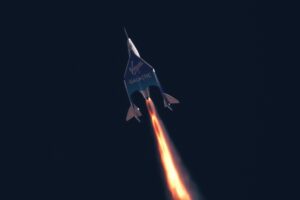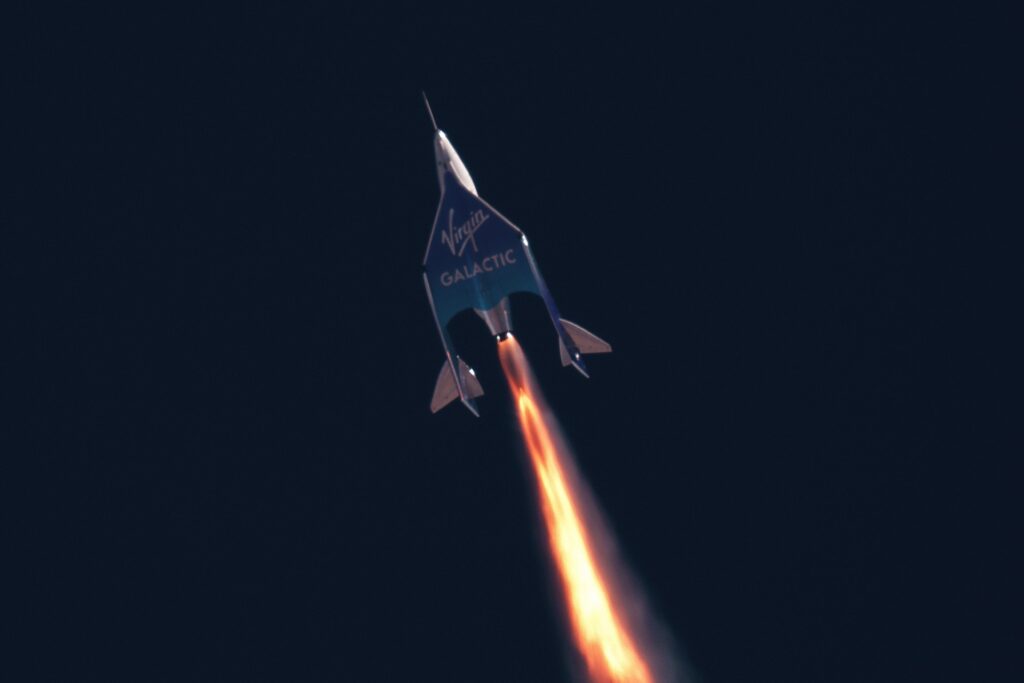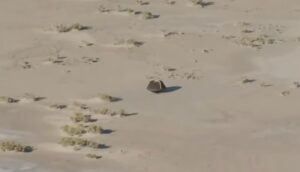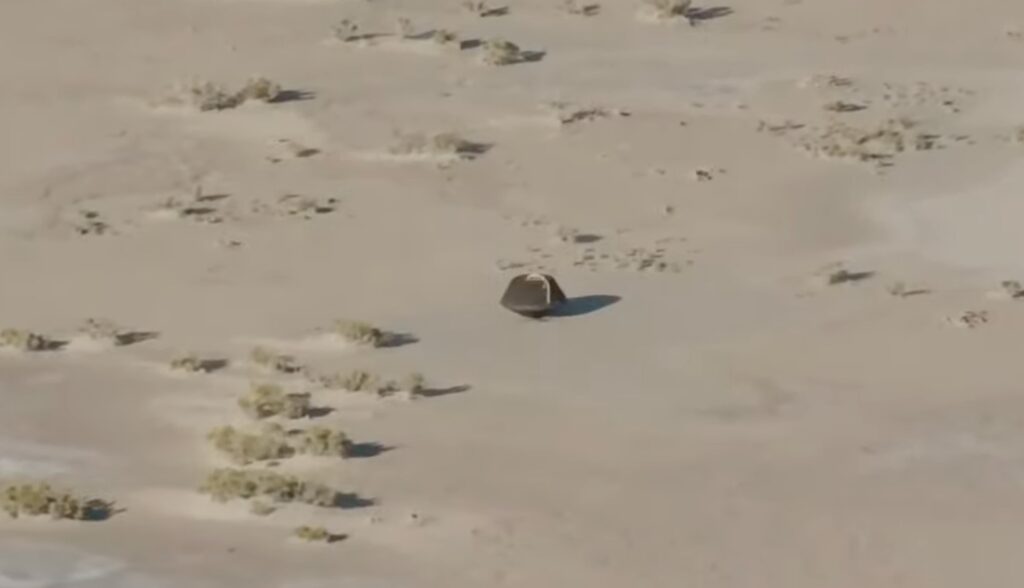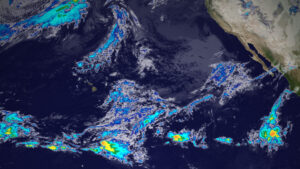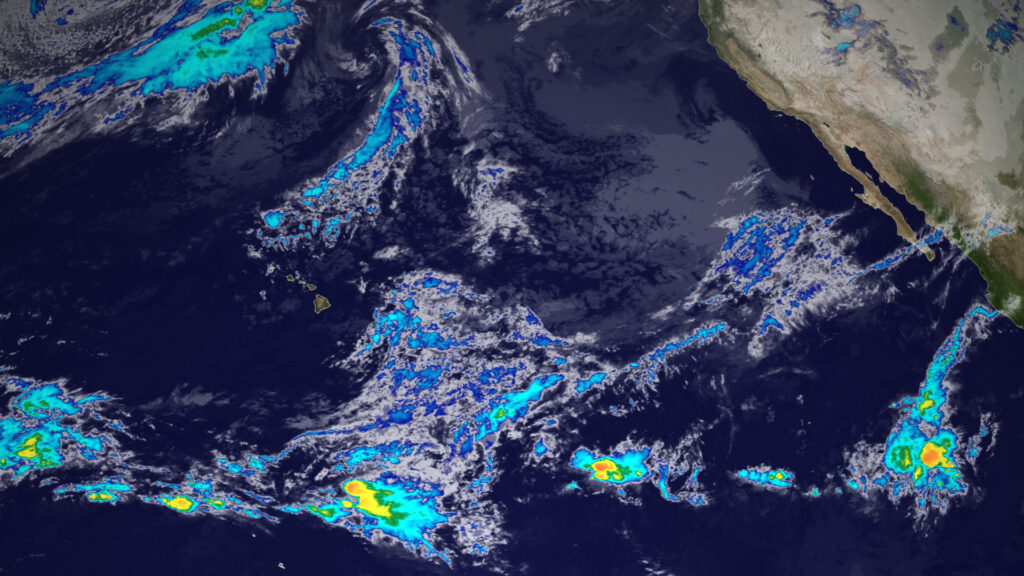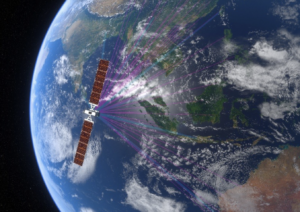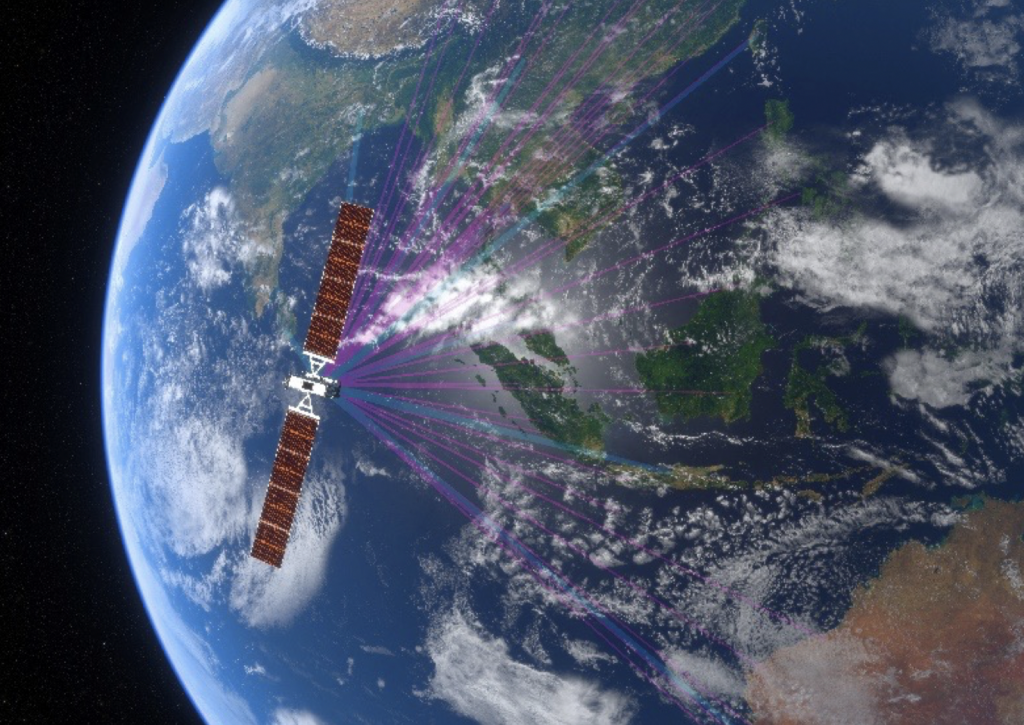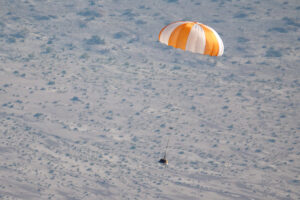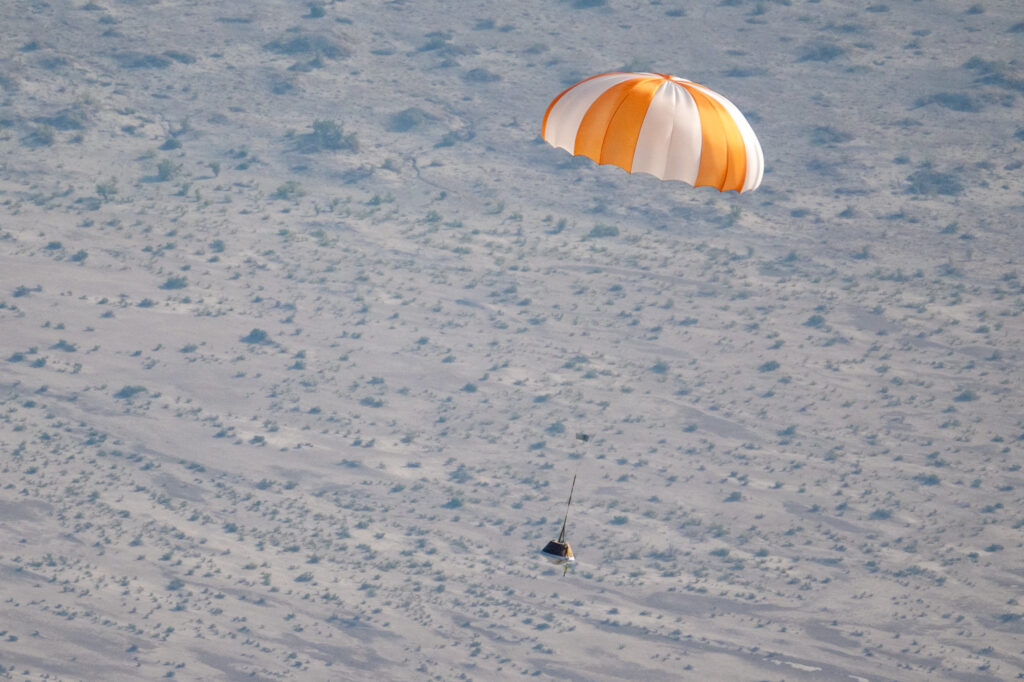NASA team simulates a glimpse of our galaxy in gravitational waves
Sunday, 24 September 2023 11:15 Astronomers using simulated data have produced a glimpse of the sky as it would appear in gravitational waves, cosmic ripples in space-time generated by orbiting objects. The image shows how space-based gravitational wave observatories expected to launch in the next decade will enhance our understanding of our galactic home.
Since 2015, ground-based observatories have detected about a hund
Astronomers using simulated data have produced a glimpse of the sky as it would appear in gravitational waves, cosmic ripples in space-time generated by orbiting objects. The image shows how space-based gravitational wave observatories expected to launch in the next decade will enhance our understanding of our galactic home.
Since 2015, ground-based observatories have detected about a hund HawkEye 360 announces RFIQ product for a deeper look at RF activity
Sunday, 24 September 2023 11:15 HawkEye 360 has announced its RFIQ product which introduces flexible spectrum collection options. Customers can use RFIQ unprocessed in-phase and quadrature (I/Q) data to analyze signal characteristics or survey RF activity over large regions of the Earth. HawkEye 360 collects the broadest range of RF frequencies among commercial RF sensing satellite operators, with coverage as low as 70 MHz and
HawkEye 360 has announced its RFIQ product which introduces flexible spectrum collection options. Customers can use RFIQ unprocessed in-phase and quadrature (I/Q) data to analyze signal characteristics or survey RF activity over large regions of the Earth. HawkEye 360 collects the broadest range of RF frequencies among commercial RF sensing satellite operators, with coverage as low as 70 MHz and NASA readies for dramatic return of asteroid sample to Earth
Sunday, 24 September 2023 08:50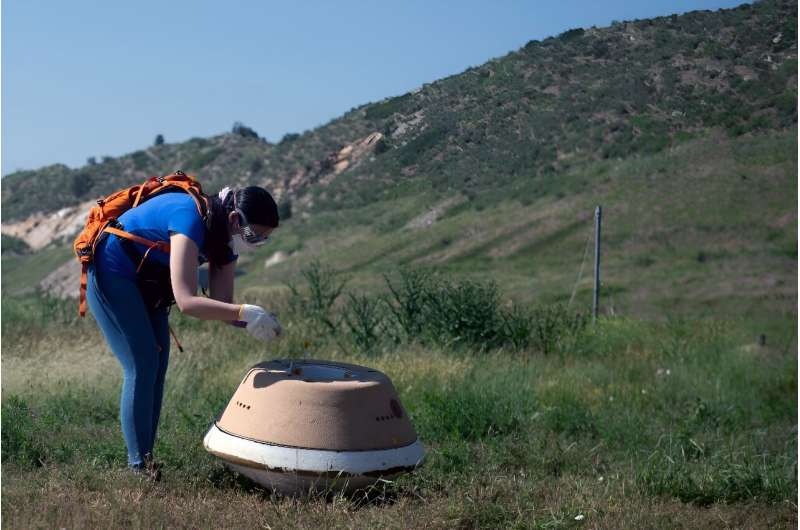
The climactic end of a seven-year voyage comes Sunday when a NASA capsule is due to land in the Utah desert, carrying to Earth the largest asteroid samples ever collected.
Scientists have high hopes for the sample, saying it will provide a better understanding of the formation of our solar system and how Earth became habitable.
The Osiris-Rex probe's final, fiery descent through Earth's atmosphere will be perilous, but the US space agency is hoping for a soft landing, around 9:00am local (15H00 GMT), in a military test range in northwestern Utah.
Office of Space Commerce touts progress on civil space traffic coordination system
Saturday, 23 September 2023 00:52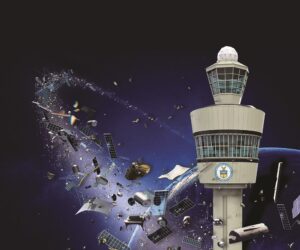
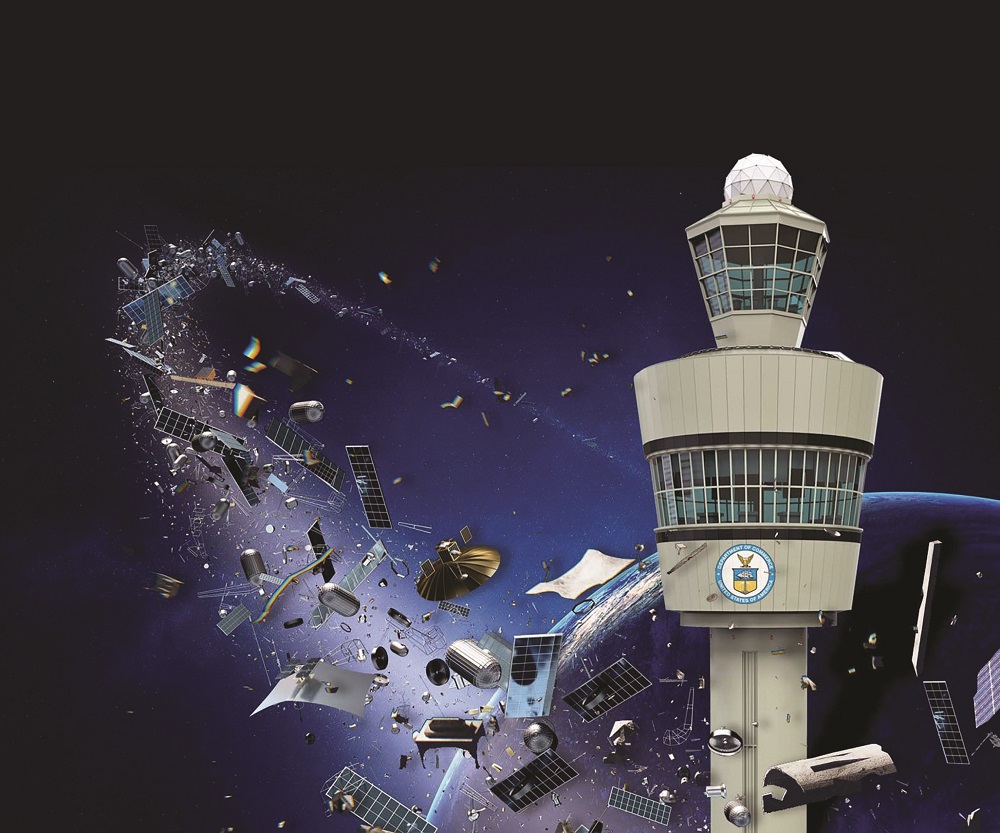
NASA Scientists to Discuss Oct. 14 'Ring of Fire' Solar Eclipse
Friday, 22 September 2023 18:03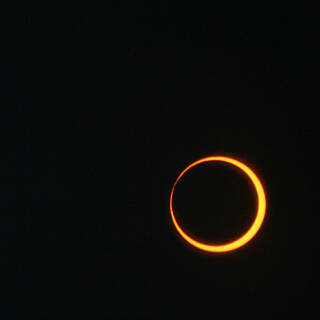 NASA will host a media teleconference at 4 p.m. EDT on Tuesday, Sept. 26, to discuss the upcoming annular solar eclipse. The annular eclipse will cross the U.S. from Oregon to Texas on Saturday, Oct. 14, with a partial solar eclipse visible throughout the contiguous U.S.
NASA will host a media teleconference at 4 p.m. EDT on Tuesday, Sept. 26, to discuss the upcoming annular solar eclipse. The annular eclipse will cross the U.S. from Oregon to Texas on Saturday, Oct. 14, with a partial solar eclipse visible throughout the contiguous U.S. Satellogic relocating to the United States in search of government growth
Friday, 22 September 2023 17:45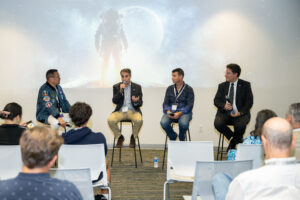
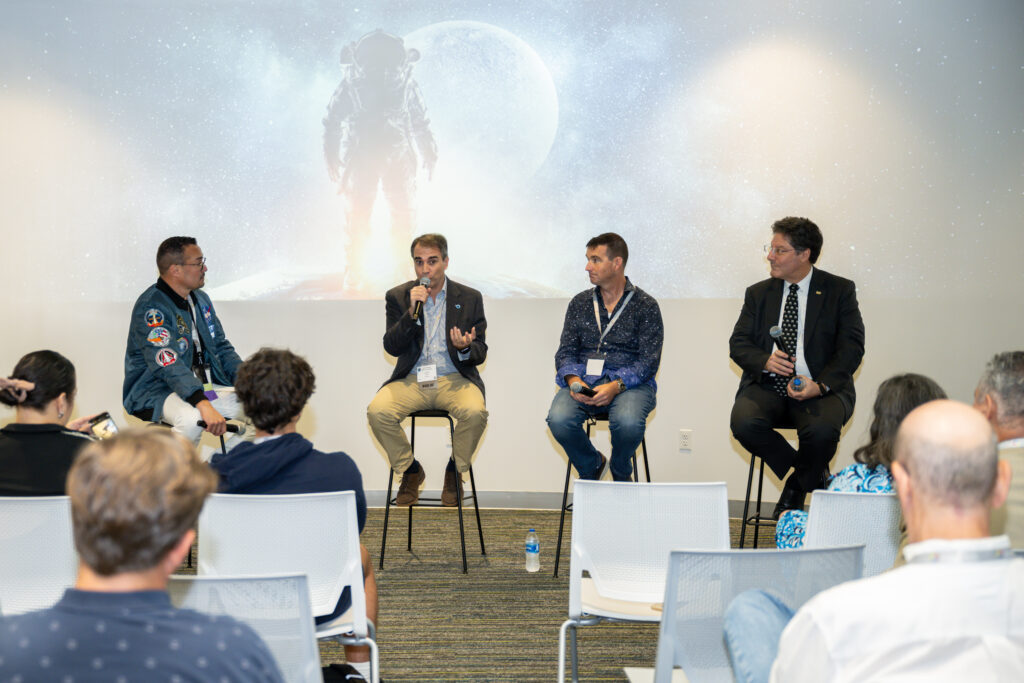
Opinion: As space exploration and colonization expand, off-Earth resources will create a booming market
Friday, 22 September 2023 16:22
The drive to explore deeper into space and establish colonies on other planets has intensified over the last decade, and with it the importance of space resources extraction.
Obtaining valuable resources and minerals, even in extreme environments, has long been attractive to humans. We have a history of facing hazards in search of valuable resources. From the gold rush in the 1800s to the recent surge in space resources, humans have been willing to take risks to find and collect scarce and profitable materials.
With advances in space technology, we're on the edge of the next gold rush—but not on Earth. Based on recent scientific and engineering breakthroughs and commercial interests, off-Earth mining is expected to begin in the next decade.
Potential mining sites include the moon, Mars and its moons, asteroids and even comets. Market predictions for lunar mining, particularly lunar water, project a multibillion-dollar industry by 2050. Although theoretical, these forecasts signal a worthwhile market, with Australia as a potential leader.
The motivation for off-Earth mining is multifaceted: access to an unlimited wealth of valuable space resources, the spirit of discovering new planets and the development of spin-off technologies to be used back on Earth.
Solar sails could reach Mars in just 26 days
Friday, 22 September 2023 16:02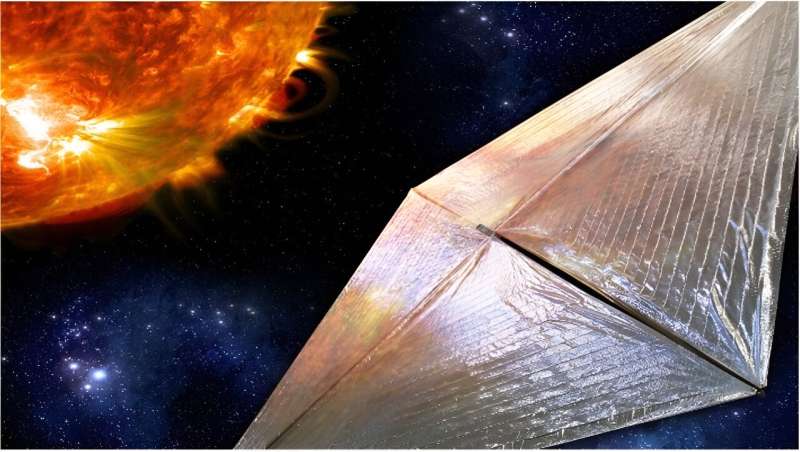
A recent study submitted to Acta Astronautica and currently available on the arXiv preprint server explores the potential for using aerographite solar sails for traveling to Mars and interstellar space, which could dramatically reduce both the time and fuel required for such missions.
This study comes while ongoing research into the use of solar sails is being conducted by a plethora of organizations along with the successful LightSail2 mission by The Planetary Society, and holds the potential to develop faster and more efficient propulsion systems for long-term space missions.
Chandrayaan-3's measurements of sulfur open the doors for lunar science and exploration
Friday, 22 September 2023 14:56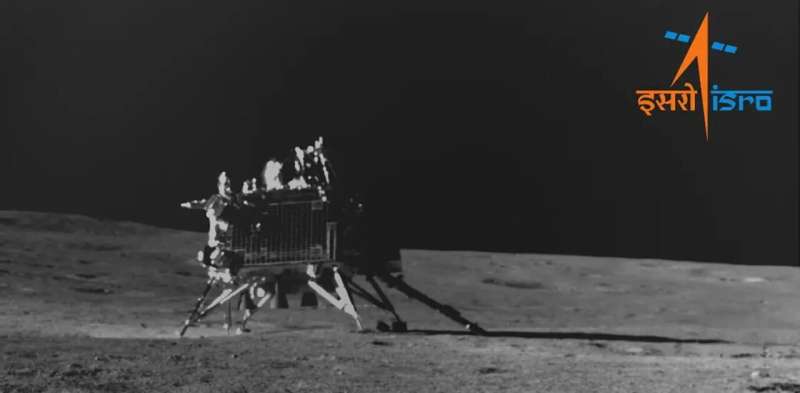
In an exciting milestone for lunar scientists around the globe, India's Chandrayaan-3 lander touched down 375 miles (600 km) from the south pole of the moon on Aug. 23, 2023.
In just under 14 Earth days, Chandrayaan-3 provided scientists with valuable new data and further inspiration to explore the moon. And the Indian Space Research Organization has shared these initial results with the world.
While the data from Chandrayaan-3's rover, named Pragyan, or "wisdom" in Sanskrit, showed the lunar soil contains expected elements such as iron, titanium, aluminum and calcium, it also showed an unexpected surprise—sulfur.
Planetary scientists like me have known that sulfur exists in lunar rocks and soils, but only at a very low concentration. These new measurements imply there may be a higher sulfur concentration than anticipated.
Parker Probe's path through solar blast yields unparalleled space weather insights
Friday, 22 September 2023 11:28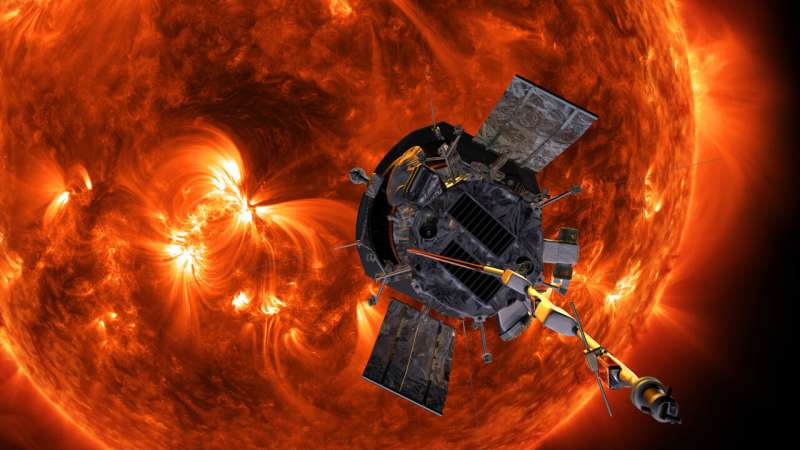
NASA's Parker Solar Probe has racked up an impressive list of superlatives in its first five years of operations: It's the closest spacecraft to the sun, the fastest human-made object and the first mission to ever "touch the sun."
Now, Parker has one more feather to add to its sun-kissed cap: It's the first spacecraft ever to fly through a powerful solar explosion near the sun.
House Speaker introduces bill to extend commercial spaceflight regulatory learning period
Friday, 22 September 2023 11:12